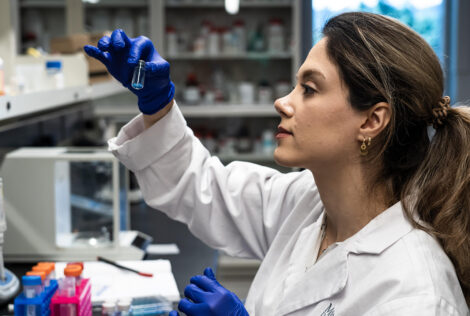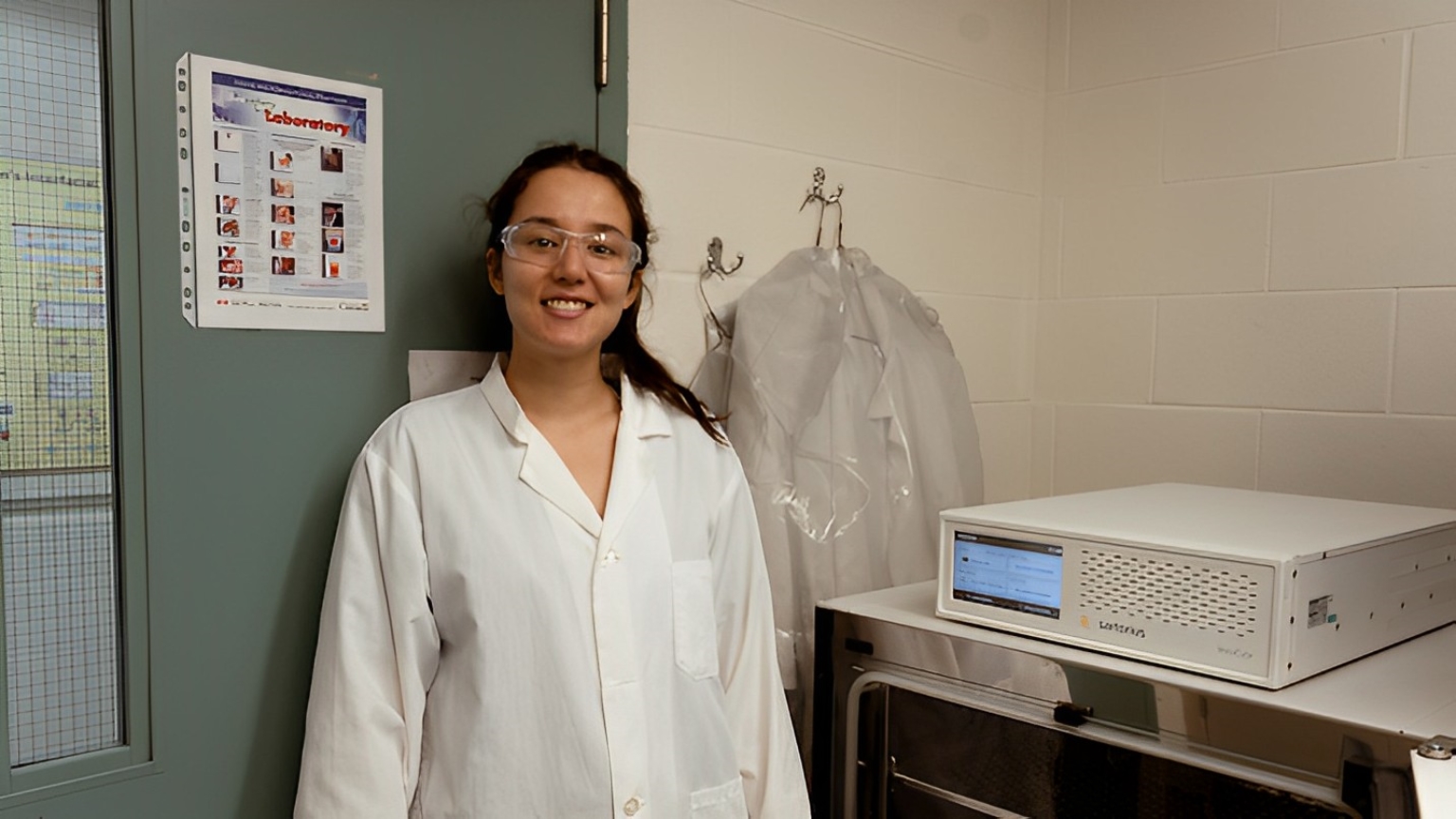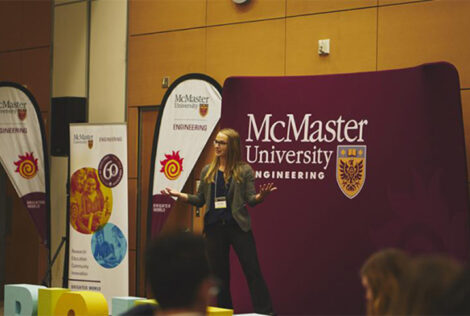

Claire Velikonja, a dedicated PhD candidate in the Department of Chemical Engineering, is a vital member of a research laboratory focused on advancing immunotherapies through innovative engineering techniques.
Recently, she earned the prestigious BioCanRX Summit for Cancer Immunotherapy Travel Award, which allowed her to participate in the annual summit held in Ottawa. There, she had the opportunity to present her groundbreaking research on live cell imaging tools for high-throughput virus titer screening. In a world where rapid vaccine production is of utmost importance, Velikonja’s mission is to facilitate their accelerated development and manufacturing.
Under the supervision of associate professor David Latulippe and professor Prashant Mhaskar, Velikonja’s work, specifically in virus concentration estimation, holds great promise for the future of immunotherapy. By addressing bottlenecks and ensuring the efficiency and effectiveness of vaccine production, she is paving the way for a brighter future in the field.
Streamlining vaccine manufacturing
Traditionally, measuring virus concentrations for vaccine production has been a labour-intensive and time-consuming task. Velikonja’s work, co-authored with undergraduate student Landon Steenbakkers and summer students Mackenzie Enns and Joshua How Soon Yuen, centres on developing an innovative method to streamline virus concentration estimation, which is a critical step in designing and developing manufacturing techniques.
“Virus concentration can be linked to how strong a response your body will have to a specific therapy,” explains Velikonja. “More virus in concentration means more virus working through your body.”
Ensuring that you have the correct amount of virus in different therapeutics is vital in designing the processes used to make viruses for treatments, which is something researched in Velikonja’s lab. Taking virus concentration measurements is often one of the major bottlenecks in designing new processes, as the standard manufacturing process for vaccines requires checking virus concentration several times throughout the manufacturing process and can take multiple days per test.
These checks are essential to ensuring patient health when the manufacturing process is eventually used to make clinical treatments. Too much virus, your body will think that it’s being attacked and will trigger bad responses. Too little virus, your body does not get the impact from the vaccine that it needs to properly protect you.
Typically, someone would have to count hundreds of plaques by eye, introducing human error. The research I presented at the conference is about how to standardize that and make it more robust and efficient.
The answer to Velikonja’s research questions were found with the help of McMaster Engineering’s industry partner Sartorius.
The biopharmaceutical leaders have a working lab in the John Hodgins Engineering Building on McMaster’s campus, where students work closely with Sartorius professionals to conduct research and explore viable solutions to pressing issues in biomanufacturing. Sartorius’ contribution to the lab space gives students access to top-of-the-line technology and equipment to support their work, including Velikonja’s.
“By collaborating with Sartorius, we were able to repurpose cutting-edge technology that is typically used for tumor monitoring and other parts of biology, and we applied it to the problem of how to calculate virus concentration in a very rapid way that reduces human error,” she explains.
Having an improved method of estimating virus concentration is essential to Velikonja’s future work, which will focus on better ways to purify virus after its manufactured so that it will be safe for clinical use.
Bridging research and industry on campus
Sartorius began its involvement with McMaster in 2018. Since then, it has continued to expand its expertise and support in biomanufacturing to undergraduate and graduate students through the state-of-the-art lab equipment they provide in addition to the mentorship between employees and McMaster students.
Velikonja credits the partnership with Sartorius for pushing her to consider her research beyond theory and academia and visualize how it can be commercialized.
“As a student it’s really great to be able to see the intersection of research and academia, and how they can collaborate and improve each other,” says Velikonja.
Having technical expertise from industry collaborators helps shape and expand views of different problems, to understand financial considerations, aspects of design or how a piece of equipment comes into play. This is what helps students like me tailor our research to find solutions that will work in industry.
BioCanRX Summit
This year’s Summit4CI was BioCanRX’s seventh consecutive conference bringing together scientists, clinicians, industry leaders and patients of cancer immunotherapy. The event hosts world-renowned guest speakers in the field, scientific presentations and poster sessions.
A major theme of this year’s conference was the discussion of infrastructure needed to enable academic clinical trials for immunotherapies and the different funding pathways that these therapies can be implemented with, so that they can be used for Canadians.
“As someone who researches how to make the manufacturing of these therapies cheaper, hearing about their implementation and how that can change between countries based on their cost was really enlightening,” says Velikonja.
Velikonja expressed that having the opportunity to travel to the conference and talk to a wide range of scientists, clinicians, and studies, was an enlightening experience for her.
“As I learn more and more about my field, it’s always interesting how many groups are looking at these problems from different angles,” she said. “From researchers in industry who look at how to synthesize these therapies at manufacturing scales to scientists who study the most fundamental interactions of these complex viruses, to doctors who research how they should be implemented in medical practice. Having the opportunity to go to this conference and get to speak to people from a wide range of backgrounds is always incredible, and I’m extremely appreciative of the opportunity BioCanRX gave me.”


